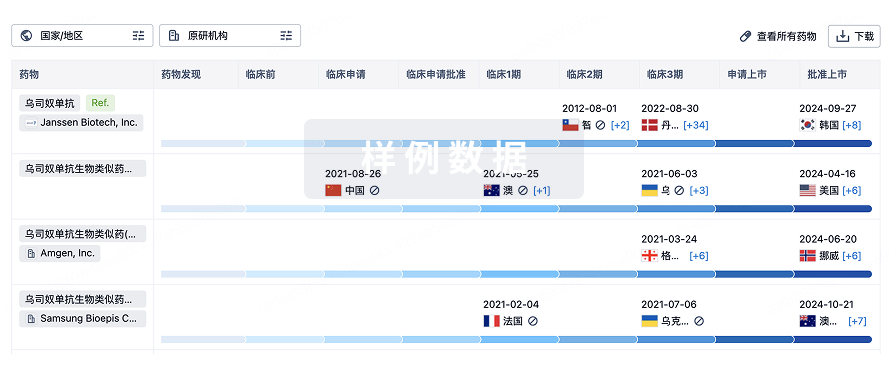Objectives:Knee osteoarthritis (OA) represents a leading cause of chronic pain, with subchondral bone marrow lesions recognized as a critical contributor. Teriparatide (TPTD), a treatment for osteoporosis, promotes subchondral bone remodeling. However, its effects on subchondral bone lesions and associated pain in OA remain unclear. Thus, we aimed to evaluate the therapeutic effects of TPTD in a rat model of monoiodoacetate-induced (MIA)-induced OA.
Methods:Male Sprague-Dawley rats were divided into TPTD + MIA, saline + MIA, and control groups. OA was induced through intra-articular injection of MIA (1 mg). TPTD (30 μg/kg) or saline was administered subcutaneously three times per week for 12 weeks. Subchondral bone integrity was assessed by micro-computed tomography imaging. Histological scoring of the cartilage, subchondral bone, and synovium was performed after 12 weeks of treatment. Pain-related behavior was assessed based on hind paw weight distribution and mechanical sensitivity of the hind paw and knee joint.
Results:TPTD preserved subchondral bone integrity, significantly improving bone volume fraction and mineral density. Histological scores for calcified cartilage and subchondral bone damage, and osteoarthritis bone score were reduced; however, no significant differences were observed in cartilage degeneration or synovial inflammation. TPTD administration improved asymmetric weight distribution in advanced OA, although mechanical hyperalgesia in the knee and hind paws remained unchanged. Subchondral bone pathology scores were significantly correlated with asymmetric weight distribution.
Conclusion:TPTD attenuated subchondral bone lesions and improved weight-bearing function in MIA-induced OA, highlighting its therapeutic potential in OA-related pain.







